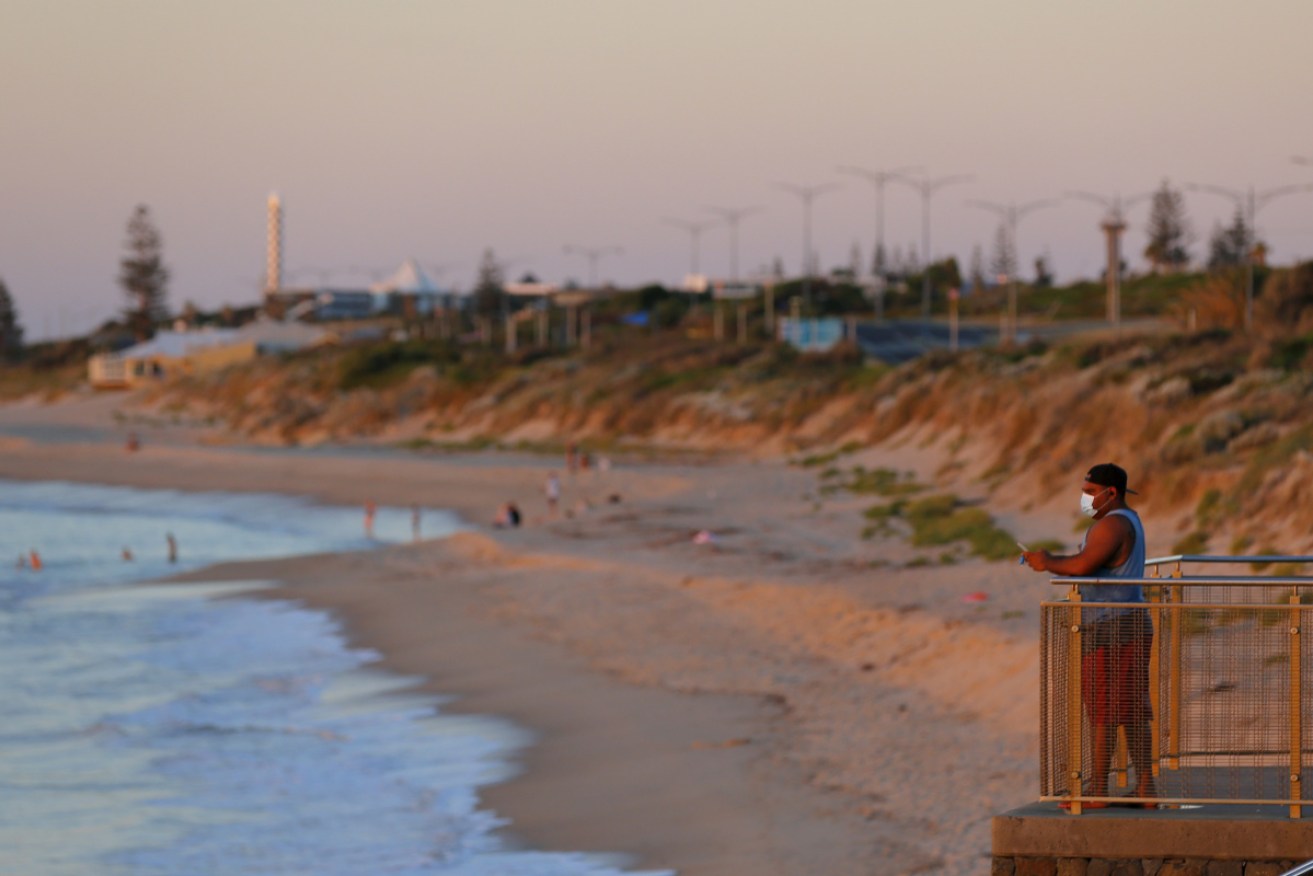Study: Our biggest ocean polluters revealed – and how you can help


There are ways we can reduce ocean pollution and keep Australia's beaches in great condition. Photo: Getty
Australians are being urged to shop sustainably and recycle their takeaway tubs as a new study reveals the biggest polluters filling up our oceans.
Better yet, said waste management expert Trevor Thornton, we should cut down our rubbish altogether.
The study, released on Friday by Australian and international researchers, found items like single-use straws, cotton buds and drink stirrers were only the start of the problem.
The biggest polluters were single-use plastic bags, bottles, food containers and wrappers, making up nearly half of all waste in seven of the world’s major oceans.
According to the study, published in the monthly science journal Nature Sustainability, 10 types of products accounted for a staggering three-quarters of global ocean waste:
- Bags
- Plastic bottles
- Food containers and cutlery
- Wrappers
- Synthetic ropes
- Fishing-related items, like threads, strings and buoys
- Plastic caps and lids
- Industrial packaging
- Glass bottles
- Drink cans.
“Plastic bottles consistently ranked among the top five items in every environment and were particularly frequent on deep sea floors (23 per cent),” the researchers wrote.
Dr Thornton, a lecturer in hazardous materials at Deakin University, said a common mistake was people putting materials in the wrong bin.
“We need to make it easier for people, to make them understand what goes where,” he said, pointing to the “confusing” rules across different local government areas.
“You’ve got one council that doesn’t allow glass to go in recycling bins, and then others saying we accept glass but you need to take the lids off.”
To minimise takeaway waste, Dr Thornton suggested Australians avoid ordering takeaway, or ask the restaurants if they can bring their own reusable tubs to carry their food home.
Ocean polluters: How fashion can help
One surprising polluter that had nothing to do with takeaway food was clothing.
The researchers found clothes and shoes were among the top 10 rubbish items rolling around on the deep sea floor.
It’s a problem Australian stylist Lauren Di Bartolo is working hard to fix.
Ms Di Bartolo, who founded Australian Style Institute, said Australians could reduce their impact on the environment by learning to shop for their style and body shape to make purchases last longer.
“Fashion is an agent of change – not just for style, but also consumer habits and what we think are trending,” she told TND.
“Sustainability is a trend that’s not going anywhere.”
To help Australians reduce their clothing waste, Ms Di Bartolo offered five tips to shop sustainably:
- First, look at what you’ve got in your wardrobe already and analyse what cuts and styles suit your body shape. “Most of us go shopping unaware of what gaps we’re filling,” she said
- Before buying a new clothing item, consider exploring op-shops in your area. “Even sustainable brands can have fashion that didn’t sell the season before,” she said
- Do your research. Some brands claim to have sustainable business practices, but fall short in key areas
- Invest in good quality, long-lasting items that make you feel good in your own skin
- Try to avoid getting sucked into fashion trends. “You don’t have to be following the trends to be trendy,” Ms Di Bartolo said. “But it does need to look like you.”








